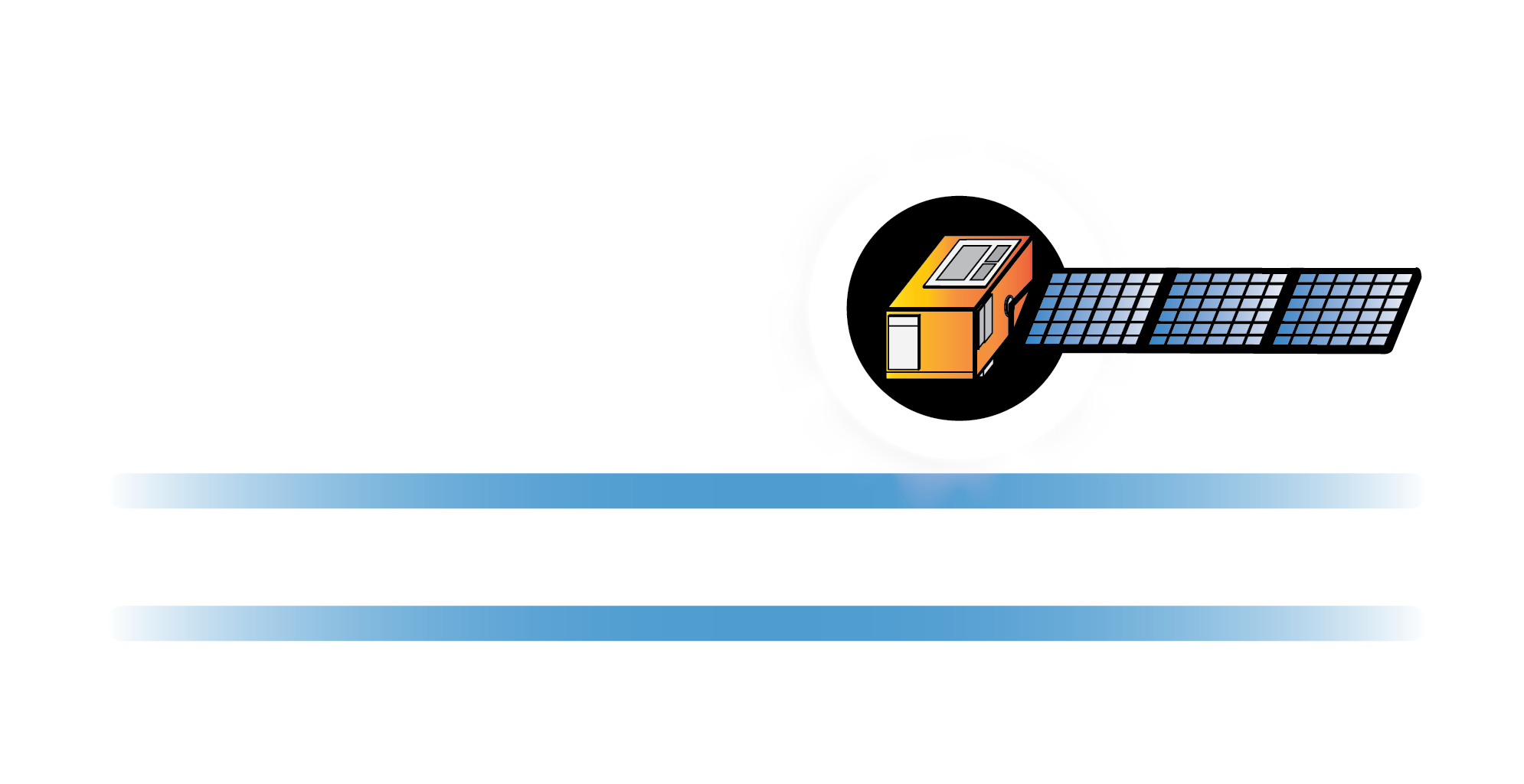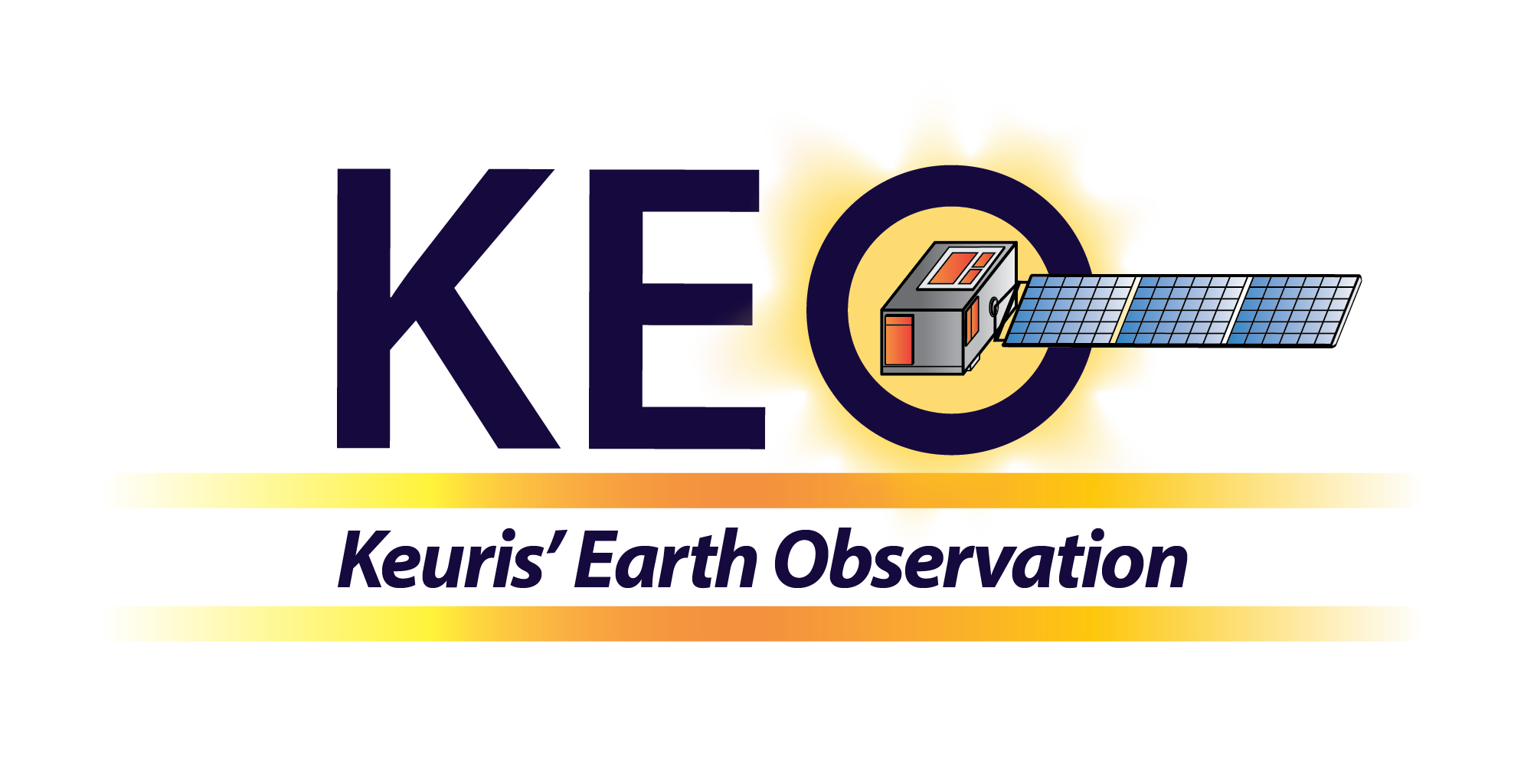Multi-Spectral Unmixing
Multi-spectral unmixing (MSU) is a powerful technique in remote sensing that is used to analyze and extract information from remote sensing data, such as satellite imagery, when there are multiple land cover types within a single pixel. This technique is particularly valuable for understanding and characterizing complex landscapes, urban areas, and ecosystems. Here's how multi-spectral unmixing works and its applications:
Spectral Signatures: Different land cover types, such as vegetation, water, buildings, and soil, have unique spectral signatures. These signatures represent how these materials reflect electromagnetic radiation at various wavelengths.
Mixed Pixels: In remote sensing, the pixels in an image often contain a mix of these materials. For example, a pixel might include both vegetation and bare soil. Multi-spectral sensors capture the combined spectral response of all materials within each pixel. Even though we are often only interested in the fraction of, e.g., vegetation soil and bare soil in each pixel.
Unmixing Process: Multi-spectral unmixing aims to estimate the fractional parts of different land cover types within a mixed pixel. It uses mathematical algorithms and models to deconstruct the pixel's spectral response into its constituent land cover types, assigning a proportion (abundance fraction) to each type.
Knowing the fraction means better knowledge of the data you're dealing with. Down the line, that allows for better informed decision making.
Challenges
One of the fundamental challenges is the selection of appropriate endmembers, which are the pure spectral signatures representing different land cover types. Choosing accurate and representative endmembers can be difficult, as they may vary with time, location, and environmental conditions. The spectral variability can be due to factors like illumination, atmospheric conditions, and seasonal changes. This variability can lead to errors in unmixing if not properly accounted for.
Other Applications
Spectral unmixing techniques are not limited to remote sensing applications. They have found utility in various sectors and fields of research beyond remote sensing. Some examples:
Medical Imaging: Spectral Imaging: Spectral unmixing can be applied in medical imaging, particularly in spectral imaging techniques like hyperspectral or multispectral imaging, to distinguish and quantify different tissue types or biological markers within a medical image.
Material Science: Material Characterization: In material science, spectral unmixing is used to analyze the composition of complex materials, such as polymers, composites, or coatings. It helps identify and quantify the presence of various components within a material.
Chemistry and Spectroscopy: Spectroscopic Analysis: Spectral unmixing aids in the interpretation of spectroscopic data, such as nuclear magnetic resonance (NMR) spectroscopy or mass spectrometry. It helps identify the individual components or chemical compounds contributing to a spectral signature.
Astronomy and Astrophysics: Spectral Analysis: In astrophysics and astronomy, spectral unmixing is employed to analyze the spectra of celestial objects. It allows astronomers to determine the composition of stars, planets, and galaxies based on the mixture of elements and compounds detected in their spectra.
In satellite remote sensing there are many satellites to choose from, each with their own spectral bands as well as spectral, spatial and temporal resolution. The multi-spectral unmixing technique was extensively researched and translated into a tool for a global, real-world application. You can read more about it here.
Estimating Snow Cover
This page briefly highlights the published work done on estimating snow cover from space. Multi-Spectral unmixing is a powerful tool for estimating snow cover from space because it can effectively handle mixed pixels, leverage the distinctive spectral signature of snow, adapt to variable snow conditions, and provide quantitative and operationally useful results. When cleverly implemented, spectral unmixing becomes a valuable asset for monitoring and managing snow cover on a regional or even on a global scale.

